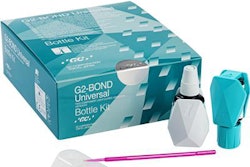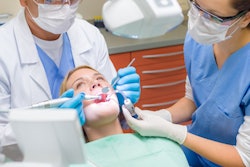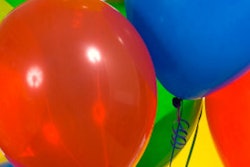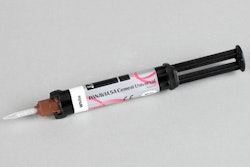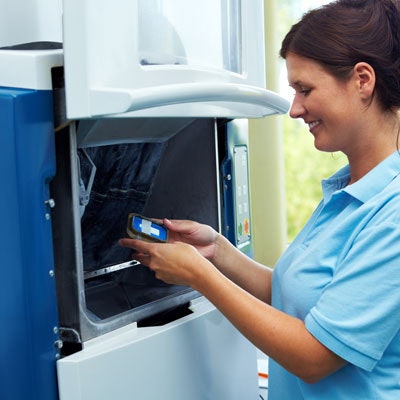
Researchers wanted to see which CAD/CAM composites for molars were hardest and held up best after toothbrush abrasion testing. After putting six composites through rigorous testing, they discovered that feldspathic ceramic scored the highest in hardness, but some of the composites might need periodic repolishing.
The researchers tested four blocks used for molars, one block for premolars, and a feldspathic ceramic and reported their findings in the Journal of Oral Science (June 2019, Vol. 61:2, pp. 358-363).
The Knoop hardness value and gloss were measured before and after toothbrush abrasion testing for six different CAD/CAM composites:
- Cerasmart 300 (GC America) for molars
- Estelite P block (Tokuyama Dental America) for molars
- Katana Avencia P block (Kuraray) for molars
- KZR-CAD HR3 Gammatheta (Yamakin) for molars
- Shofu Block HC Hard (Shofu) for premolars
- Vitablocs Mark II (Vita North America), a feldspathic ceramic
Researchers used a diamond disk to create seven plate-shaped specimens with a thickness of 2.5 mm from each block. They polished and cleaned the samples before testing. Each specimen was tested for Knoop hardness value and put through a toothbrush abrasion test. Before and after the abrasion test, the researchers measured the gloss and surface roughness.
Vitablocs Mark II had the highest Knoop hardness value, while the researchers found no significant differences between Vitablocs, Katana, and Shofu in gloss after the abrasion test. However, the gloss of Estelite P block and KZR-CAD HR3 Gammatheta was greatly decreased and surface roughness greatly increased after testing (see table below).
| Testing results for 6 CAD/CAM composites | ||||||
| Cerasmart 300 | Estelite P block | Katana Avencia P block | KZR-CAD HR3 | Shofu block HC Hard | Vitablocs Mark II | |
| Knoop hardness value | 81.3 | 113.2 | 127.0 | 76.8 | 93.6 | 599.8 |
| Gloss before toothbrush abrasion test | 90.7 | 92.4 | 89.5 | 88.8 | 91.4 | 95.0 |
| Gloss after toothbrush abrasion test | 65.9 | 34.7 | 75.4 | 35.3 | 75.6 | 81.0 |
The authors listed no study limitations, but periodic recall and repolishing might be necessary when these products are used clinically, they concluded.
"Products that show greatly decreased gloss and increased surface roughness after toothbrush abrasion testing should be used with care," wrote the study authors, led by Kentaro Okamura of the division of applied oral sciences at the Nihon University Graduate School of Dentistry in Matsudo, Japan.




